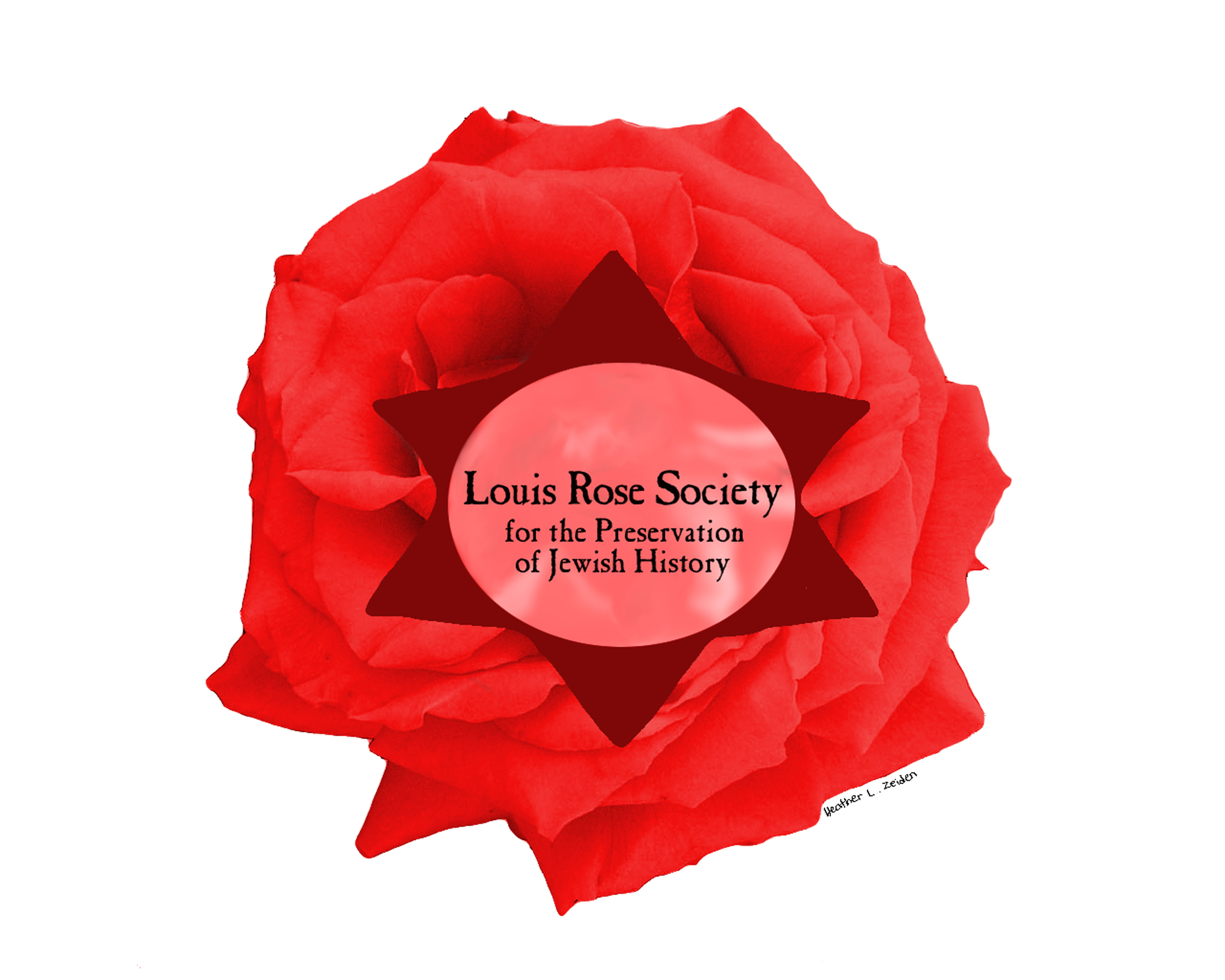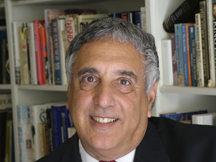
Louis Rose Society Newsletter No. 9
April 7, 2007
Louis Rose Society
for the preservation of Jewish history

Newsletter No. 9
San Diego, Saturday, April 7, 2007
 |
Louis Rose Society Newsletter No. 9 April 7, 2007 |
|||
|
|
||||
|
|
|
|
In this Issue: Israel's imperfect policy alternatives Gert Thaler Tribute Dinner 'Jewish animals' Jews in the News Jewish Community Calendar |
||||||
|
Shadid describes the bankruptcy of conventional aspirations; the violence among Palestinians and among other Arabs, as in Iraq, who seem to strive for nothing more grandiose than personal gain. There is also the ascendance of Islam, seen as a refuge from a situation where political solutions offer no hope. The article is part of what we see more frequently in Arab media. Sadly, it is still a minority voice compared to traditional themes of Israel-bashing. Whose fault is Arab despair? What should others do? I am inclined to see it as the result of Arab politics that, over the course of 60 years and more, has offered dramatic but empty slogans rather than any concentrated effort to use enormous Arab wealth to advance the economy of the region and to provide a decent life for its residents. The fighting prominent among the Arabs of Palestine and Iraq comes at a time when energy prices have been high. Where are the politicians with vision who would use that wealth for social purposes? Find me anything close to an Arab democracy, and we may begin to look for politicians with a social vision. It is easier to sell a simplistic view of enemies, revenge, and religion. That similar traits also appear in the United States makes me wonder about the magic of democracy. What should the non-Arab and non-American world do? Try to maintain sanity and moderation. Israel is arguably a good example. When faced with enemies that seem implacable it has responded with measured violence. It has absorbed continued rocket attacks against its citizens in Sderot and other southern towns. Even Lebanon, despite the screams of humanitarians, was a measured and moderate response. Israel's government accepted the UN verdict of an imperfect cease fire, and has so far restrained from responding to the continued movement of armament across the Syrian-Lebanese borders to Hezbollah. Moderation does not mean pacifism, or accepting the assurance of others that Israel must turn the other cheek. Those who accuse Israel of overreacting in Lebanon and occasionally in Gaza testify to the limits of its restraint. In the last couple of days there have been Israeli incursions and helicopter attacks against targets in Gaza. The one-sided "cease fire" may become more balanced in its lack of compliance. Some are calling for another massive invasion. It is not a situation that allows a black and white, or all or nothing, view of the world. We argue about threats and appropriate responses, as well as about how we did in the most recent rounds of fighting. The government is shaky in anticipation of what a committee will conclude about the management of the war in Lebanon. The guessing is that the committee will accuse key officials of not being decisive enough, rather than of being too aggressive. Our arguments will continue as we strive to see a way through the ambiguities of imperfect alternatives. Shadid's article ends with a quotation from an Arab shopkeeper. It reflects a despair that also fits the Israeli condition: He declared that the conflict was divinely ordained to end in their favor. But as his anger grew, he blurted out an alternative. "They're never going to solve it in my lifetime," he said. "There's no solution, absolutely." At least some in the Arab street know the reality. They will get a chance at a better life when their leaders admit to the reality, turn from efforts to sell apocalyptic dreams, and begin using the region's wealth to help those whose misery they have exploited. |
||||||
 The
Jewish
Citizen The
Jewish
Citizenby Donald H. Harrison ________________________________________________________________ Easter bunnies are not the only animals that teach religion, history, to children
As our
Christian neighbors’ children search their lawns for brightly colored eggs
left by the “Easter bunny,” it’s interesting to note that
Lord is
God, and that the Israelites must not worship idols.
The appeal of animals for teaching important lessons to children is
|
||||||